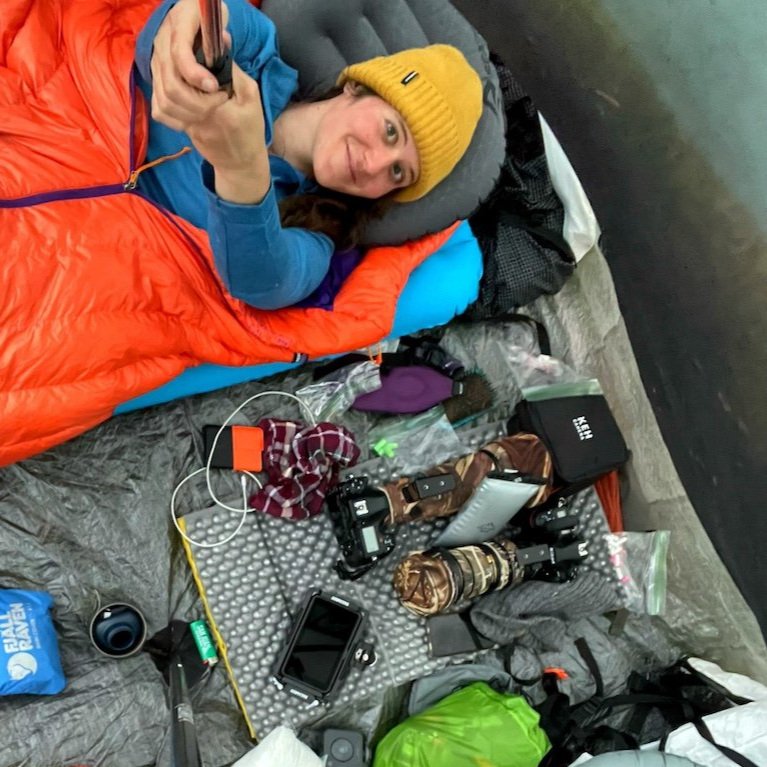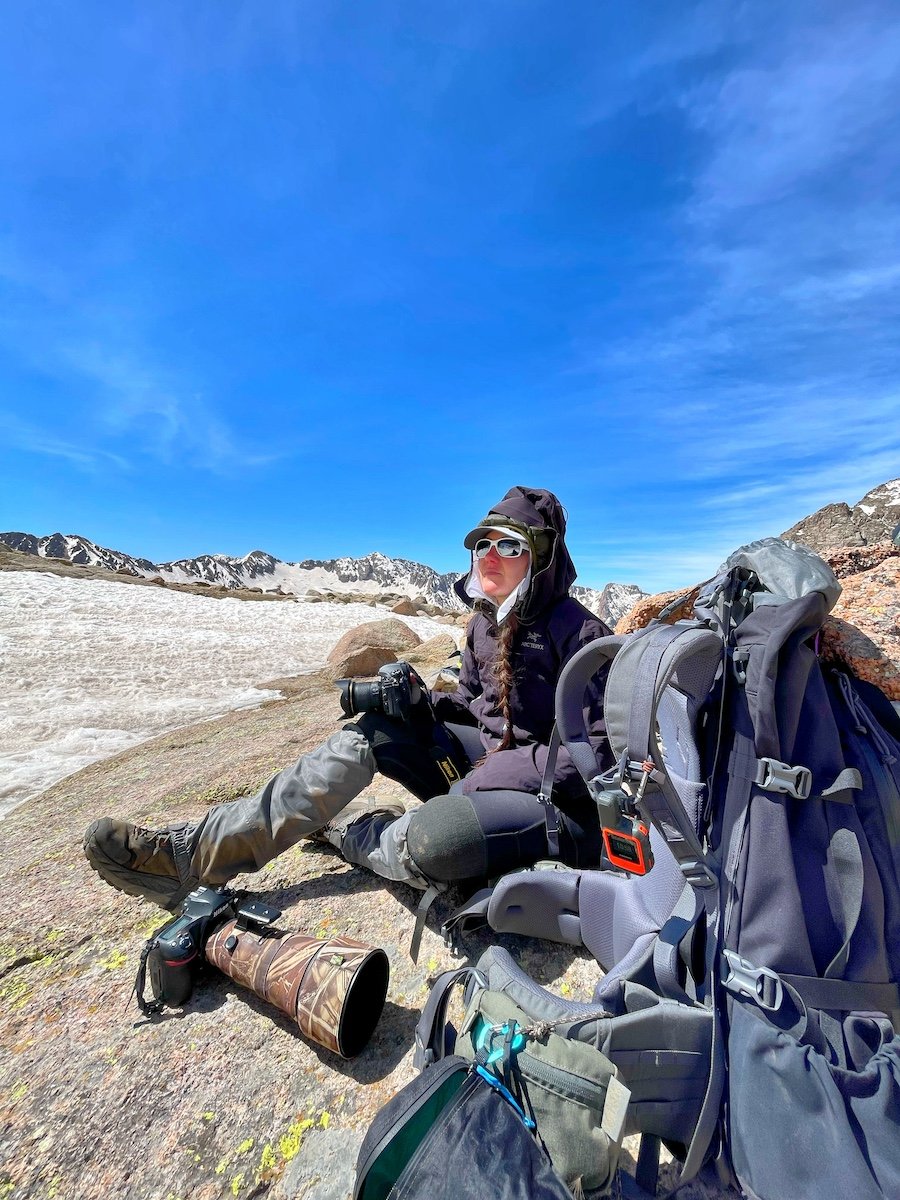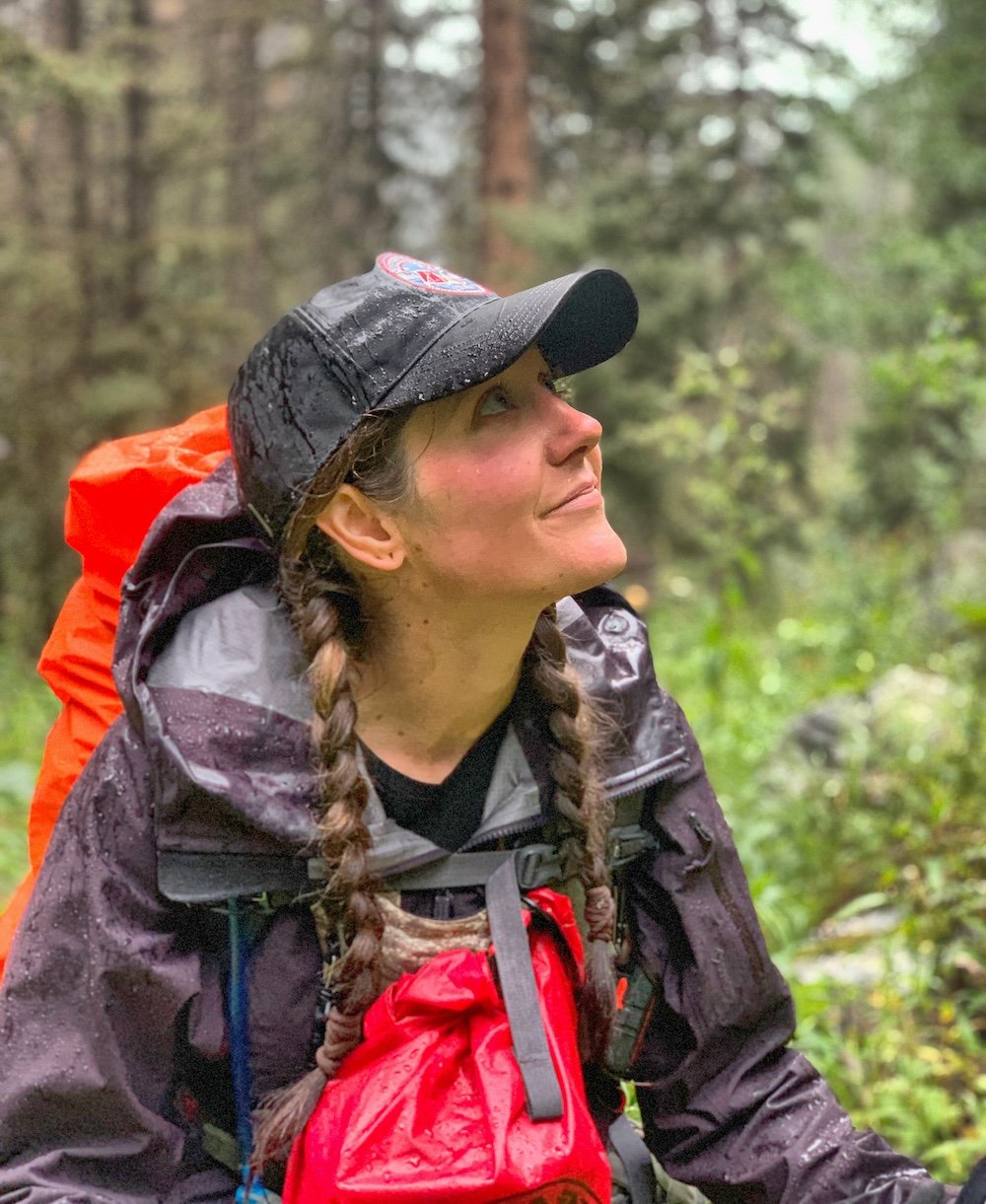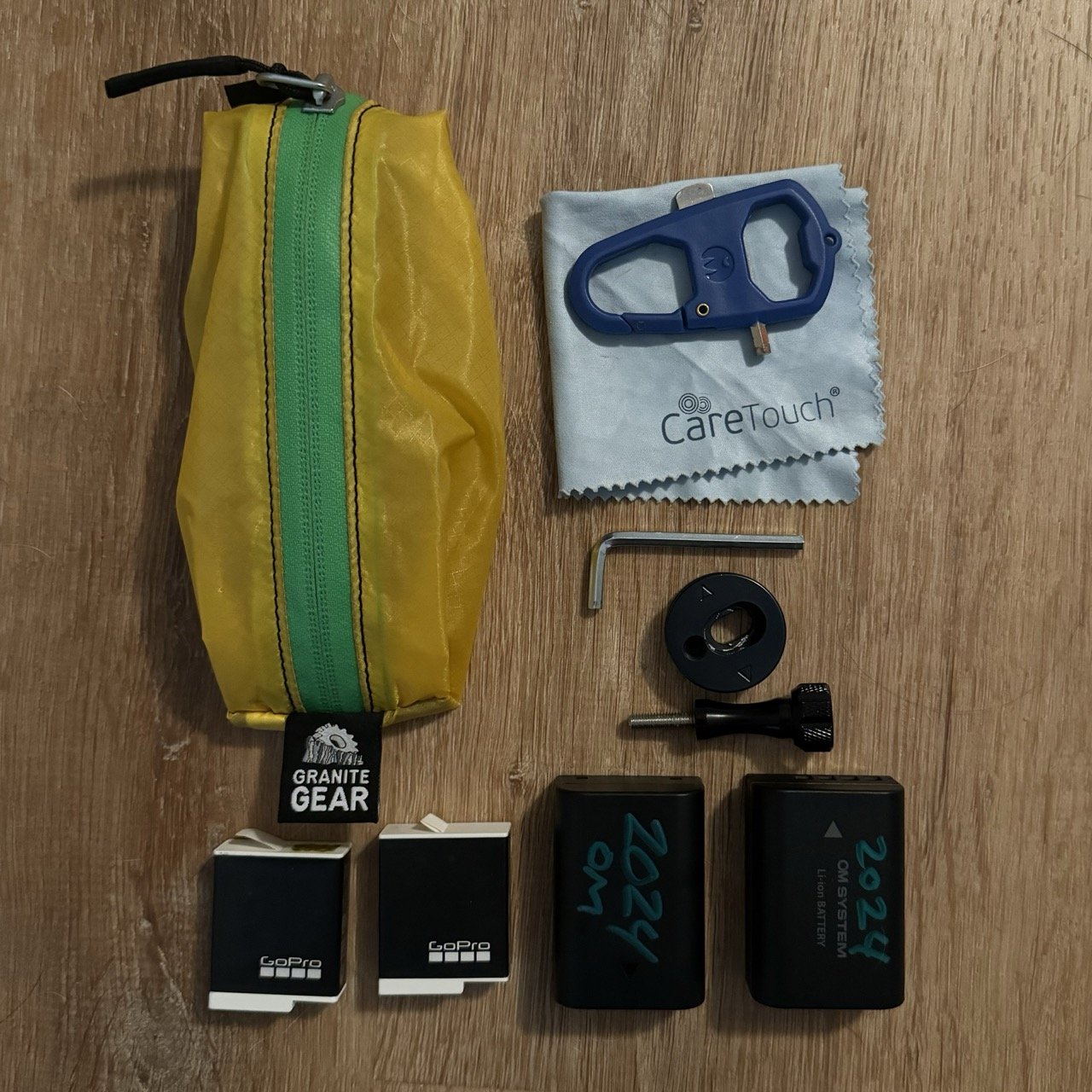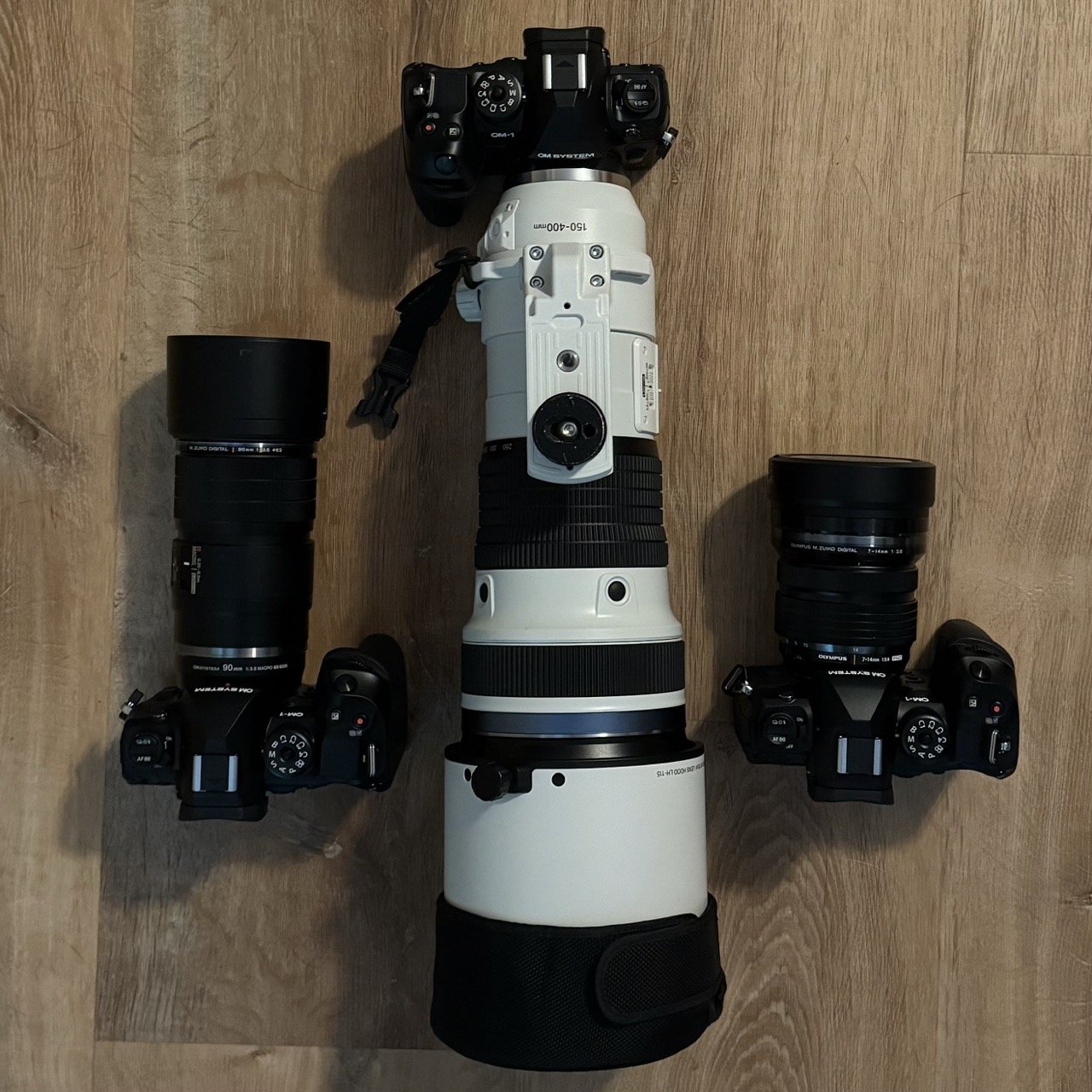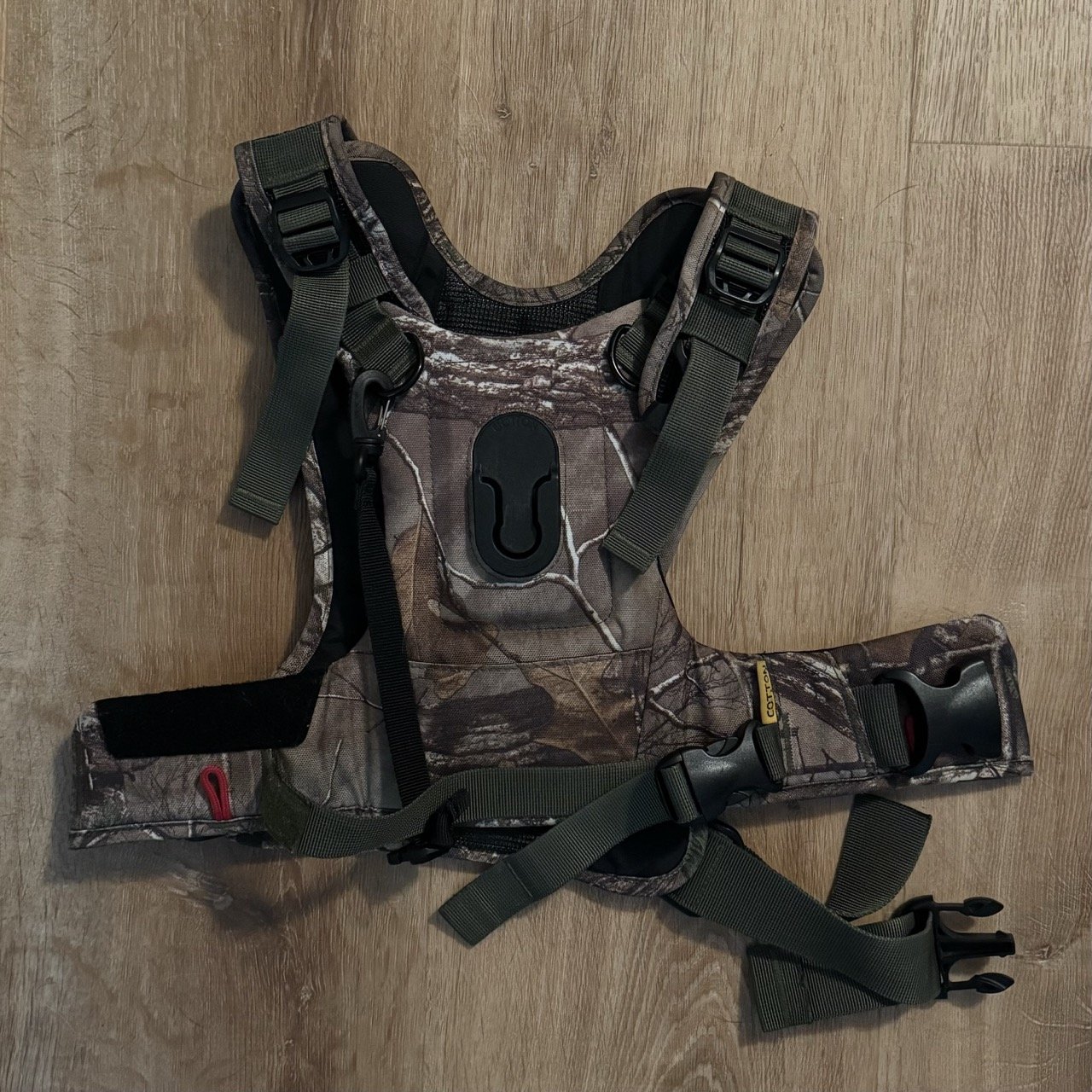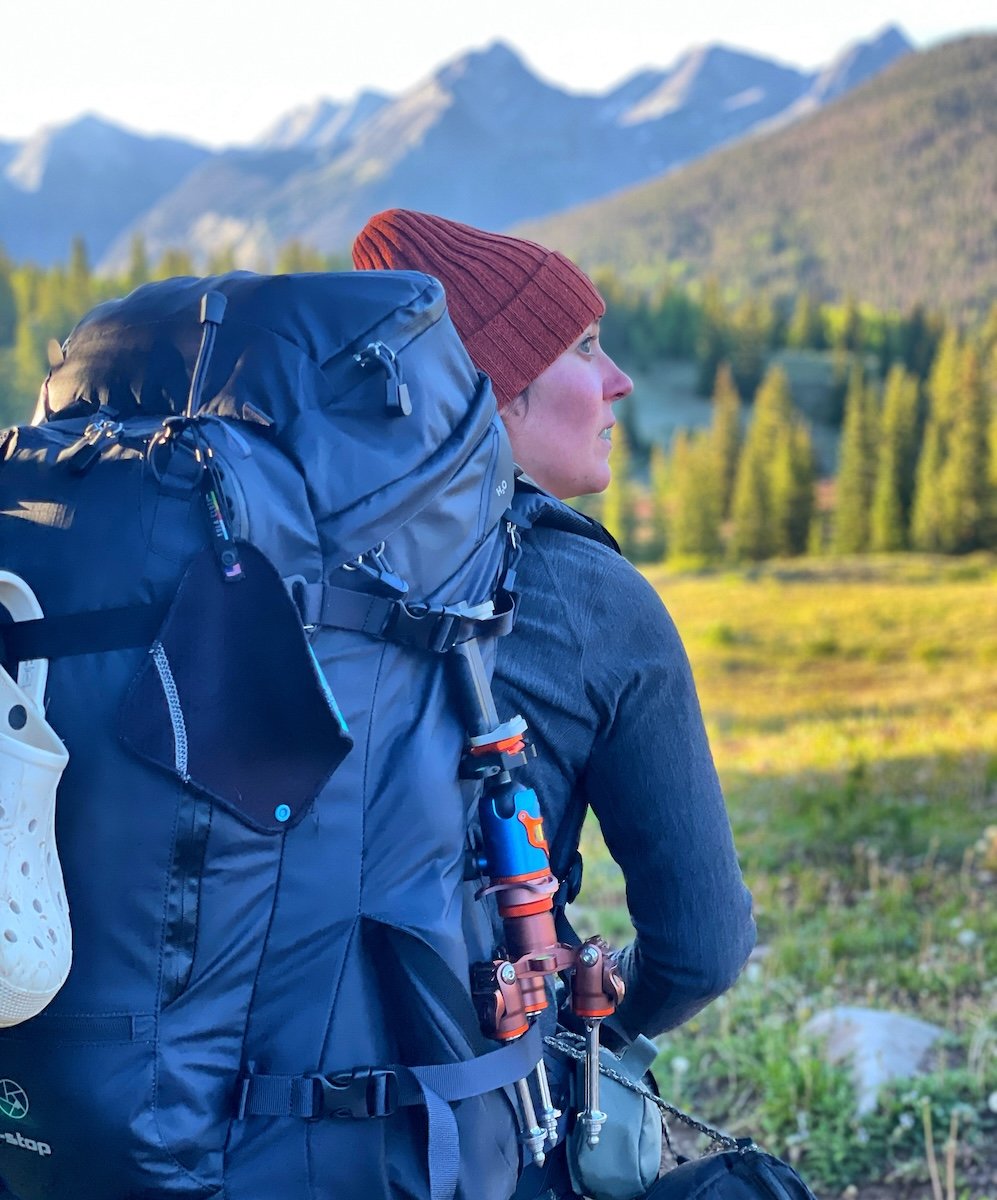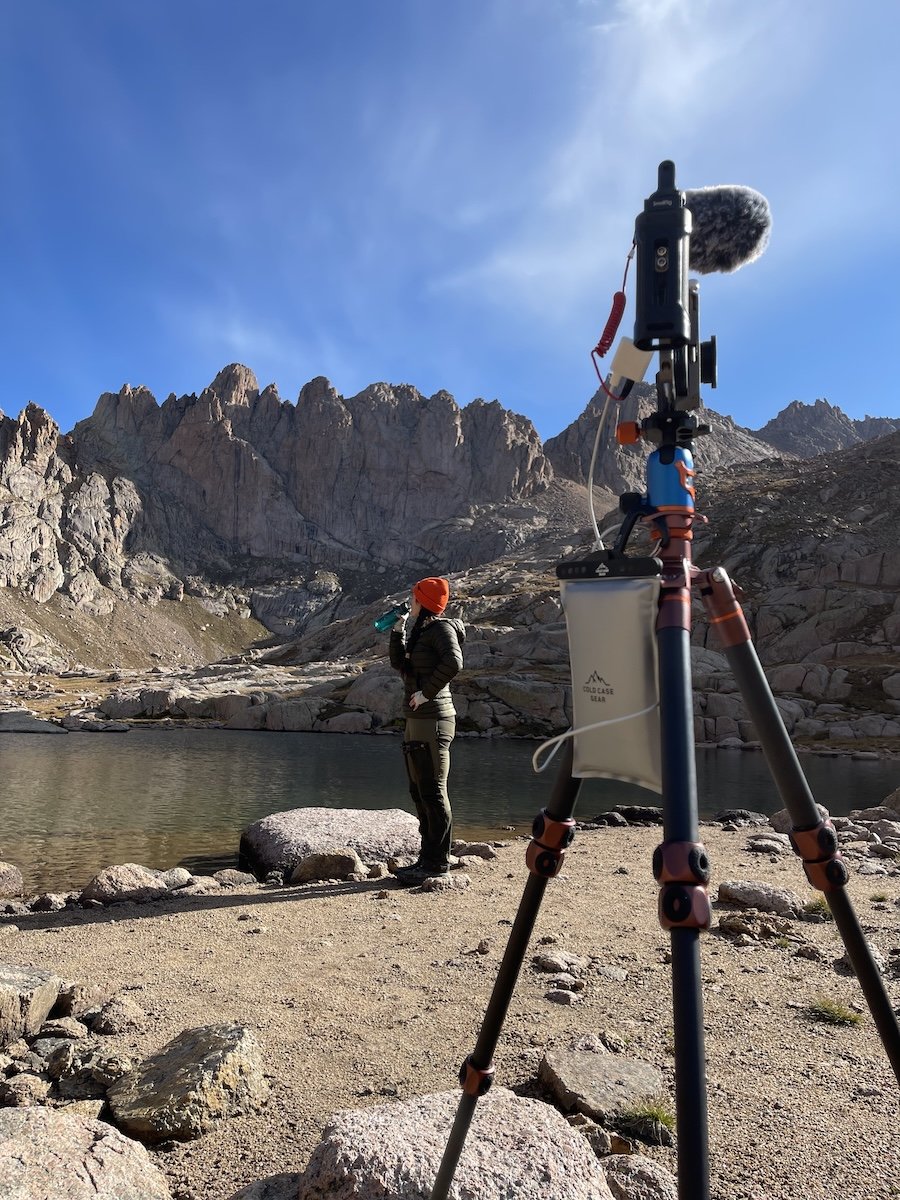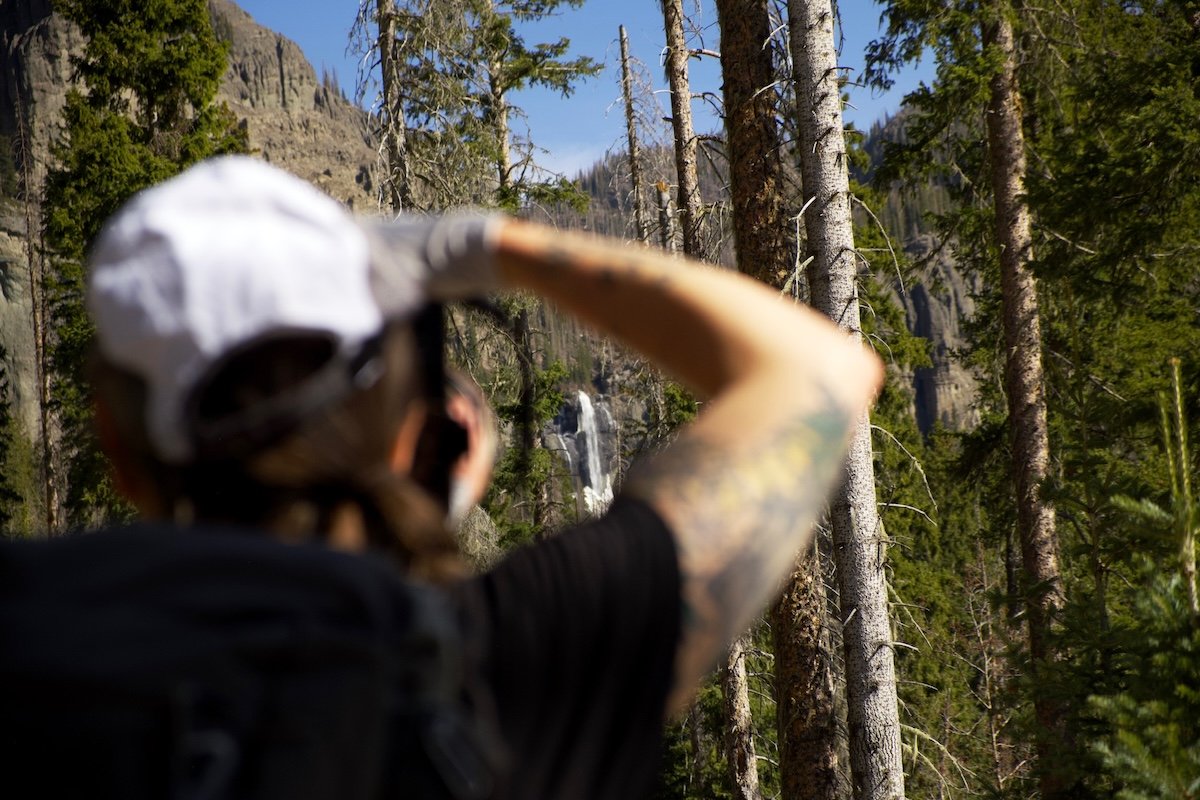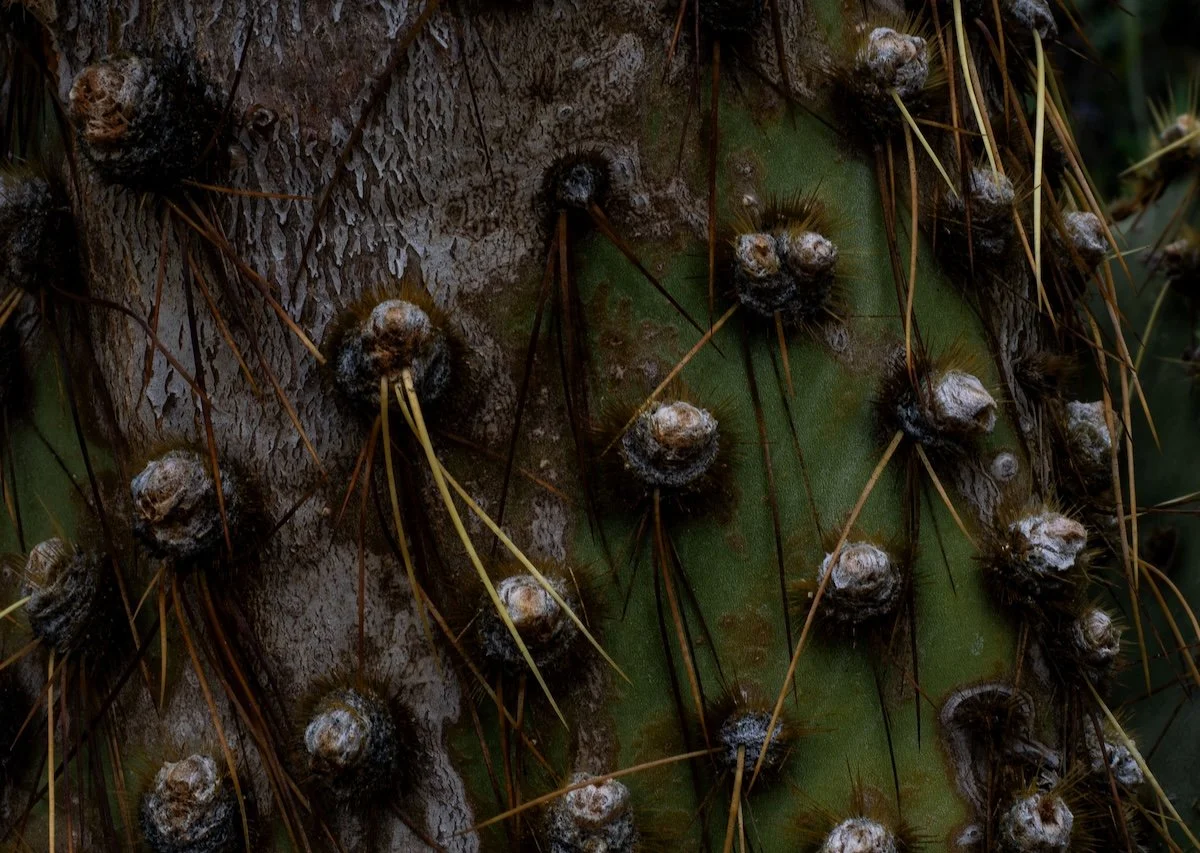The second range I’ll be traversing on my long-route and photography project is the stunning Santa Catalina mountain range, which sits north of Tucson. This range has varied elevation with a generally high average elevation. The range’s lowest elevations are around 2,640ft and maxing out at 9,171ft on the summit of Mount Lemmon. This range has quite dramatic relief with over 6,000ft of elevation gain from base to high point.
Read moreTortolita Range: Exciting Biodiversity
As I wrap up Section 1 of my Sky Island Traverse, I’ve updated my Madrean Sky Islands gallery with a page for this incredible range, that can be found here. Below I’ll share a very small gallery of some of the magnificent creatures I’ve spent time with this April.
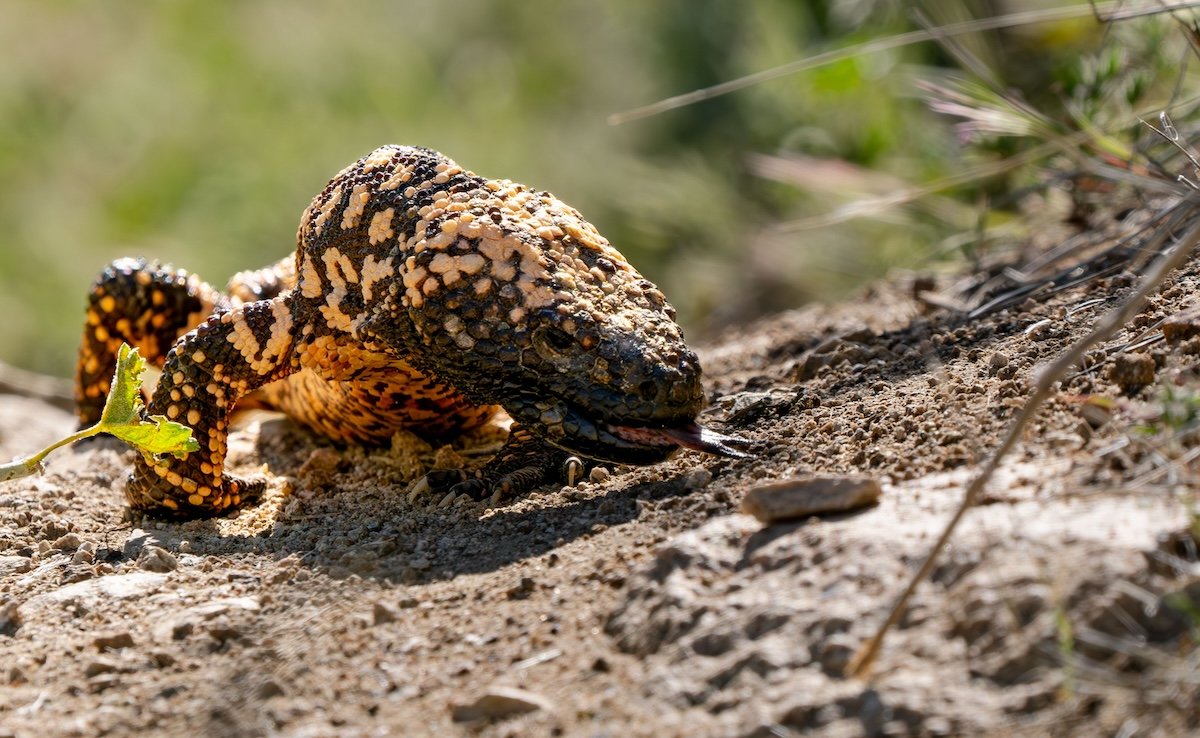
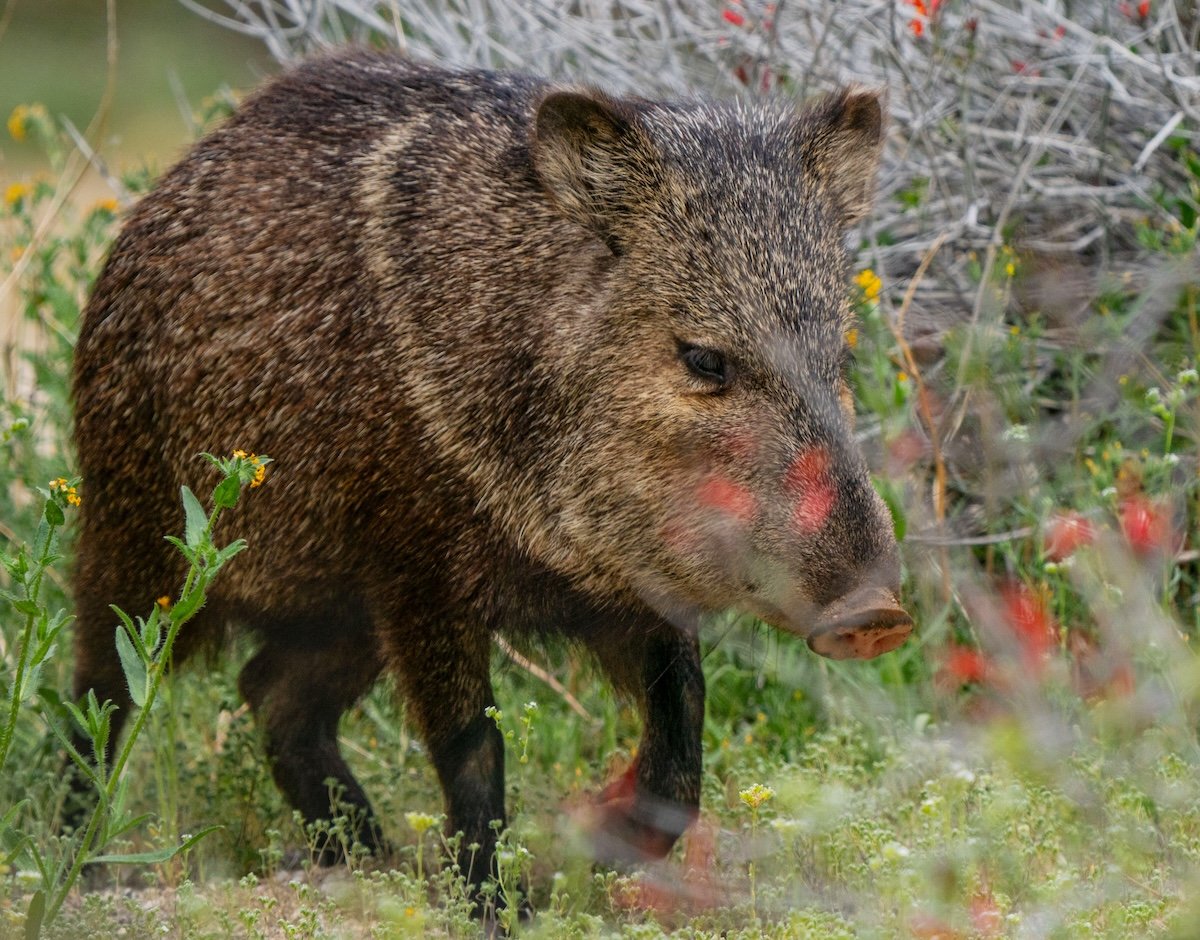
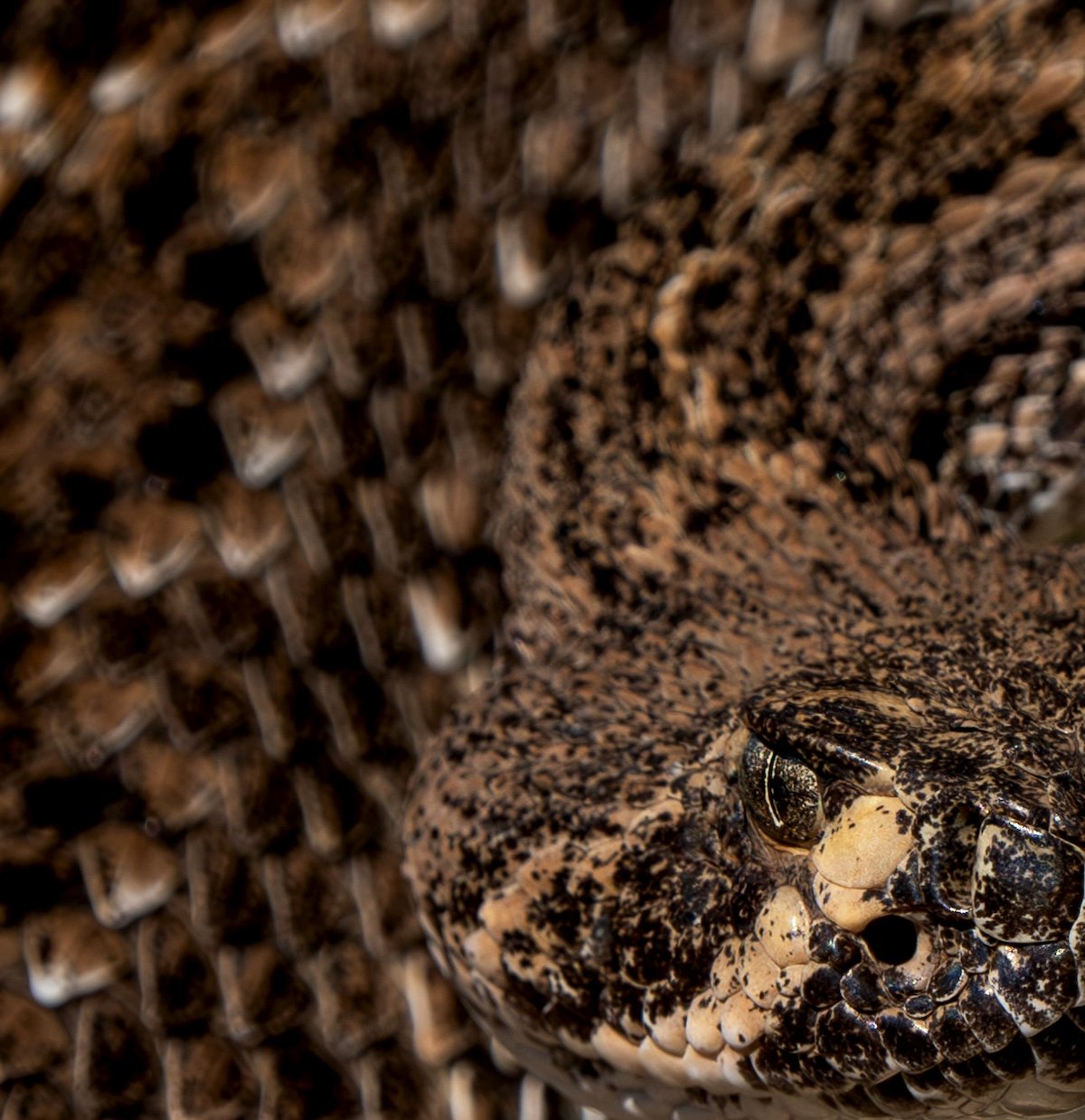

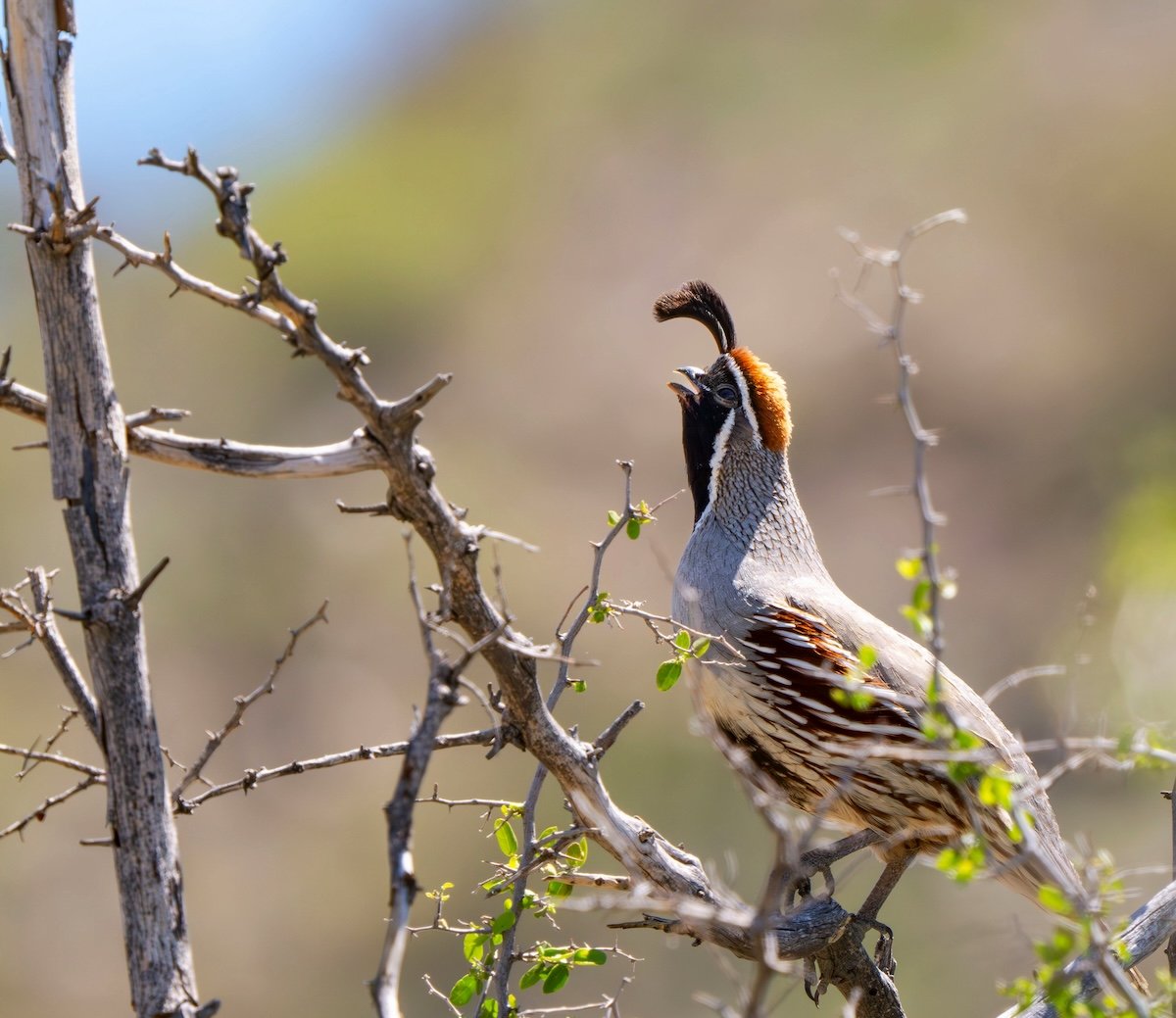
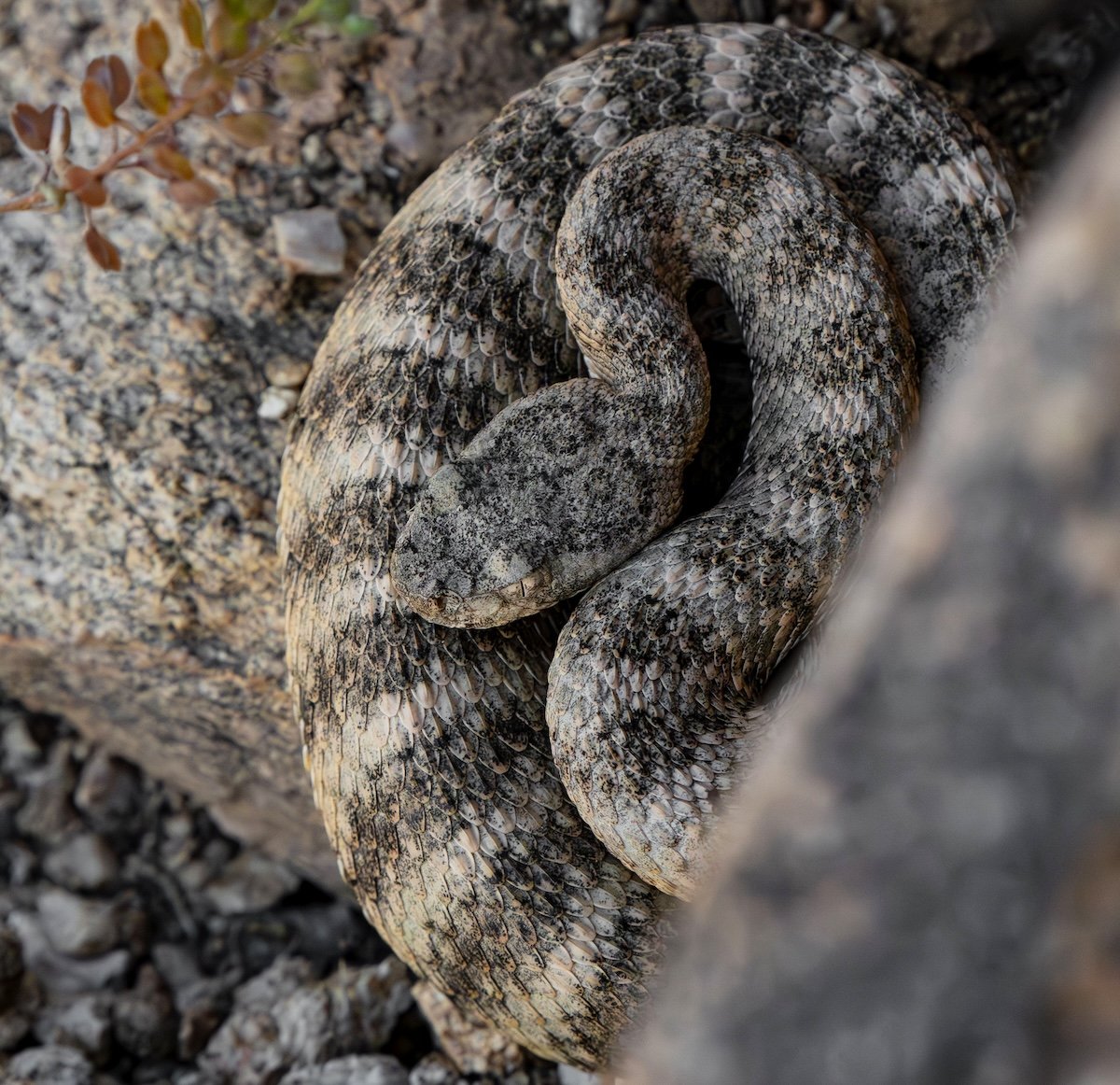
The animals I saw most abundantly were various birds and small lizards. I was also blessed by multiple Gila monster sightings, quite a few Western Diamondback sightings & a really cool Tiger Rattlesnake observation.
I feel I’m leaving this range right as I’m getting to know it; falling more in love with it by the day. So I will be continuing my study and documentation of the Tortolita Mountains on future zero days (off-days, pretty much) from my traverse. There are still so many species I’d like to see and photograph in this range.
Be sure to check out my gallery of the Torts, and comment below which species you love to see photos of from it the most!
Tortolita Traverse Updates: A Wrap On Week 1
Week one of my Sky Island Traverse flew by in the blink of an eye! I hiked many miles, drank an incredible amount of water and had my mind blown over and over again. I took field notes and wrote in my journal. I captured about 4,000 photos and really experienced a lot.
Below you’ll find a few pages from my notebook that I keep while I am out backpacking. I try to write a bit each day and I’m working hard to keep my species list up to date. It’s not always easy for me, as I hate to unpack my backpack if I don’t absolutely have to; so I’ve been keeping my notebook at the top of my pack and trying to remember that this is important stuff! Writing these notes are more Type II fun for me than the backpacking is haha- the backpacking is just fun!
I took my first zero yesterday and am about to head back to the Tortolitas to continue my project and adventure. But I thought it would be a great thing to give you all a little peek into what I’m experiencing. I’ll try to share something like this every time I take a zero day. It feels good to catch up on this kind of stuff!
As you can see, I’ve been able to document a ton of wildlife, including a Gila monster! Well, two Gila monsters, actually. And Jon joined me one of the days last week to get some filming done for our documentary, although I haven’t added Human being to my species list ;)
Wildlife Photography On A Backpacking Expedition: What's In My Pack
Over the past decade I have opened myself up to questions before and after backpacking trips and longer expeditions. And there is always one question that is asked the most: What do you bring for wildlife photography on a long backpacking trip? This question is second only to: And how do you pack and carry it all?
In this post I will take a deep dive into how exactly I approach backpacking with a very full-on photography set up. I don’t capture just wildlife photography. I’m always interested in capturing landscapes and macro and all the amazing things I experience. So if you like to capture all kinds of photos, you’ll find this especially interesting!
Photography Pack-List For Backpacking
2 camera bodies. I will admit to bringing three on a few adventures. It really depends on what my goals are. But two is the bare minimum. It means I can have one setup with my telephoto and one ready to rock out some landscapes. Wildlife moments and lighting moments happen quick and are fleeting. I like to be ready for either at all times. Having two camera bodies means that if one fails for some reason, you have a backup and are not just fucked. Having three camera bodies means you wouldn’t miss a beat. For my Sky Island Traverse I’ll have two camera bodies.
Telephoto lens. This is for 80% of my wildlife photography. I have typically always used a Nikon AF-S 500mm f/5.6E PF ED VR. In 2024 I have switch to OM Systems and have a M.Zuiko Digital ED 150-400mm F4.5 TC1.25X IS PRO.
Wide angle lens. I use a wide angle for some wildlife photography and many landscapes. I like a wide angle for camp-life photos and that sort of thing as well. My wide angle is the M.Zuiko Digital ED 7-14mm F2.8 PRO, which gives me a great range of wide-angle possibility.
Macro lens. So in previous years, I have not brought a macro lens. I have brought the Nikon AF-S 70-200mm f/2.8G ED VR II lens, because my telephoto was a prime lens, fixed at 500mm. But since my M.Zuiko 150-400mm has a nice range and I am working with tiny animals like bugs, I am bringing the M.Zuiko Digital ED 90mm F3.5 Macro IS PRO.
2 batteries per camera. So four batteries most of the time. If I expect super, super high daily battery use, I will throw in an extra battery. With a great charging brick, it’s pointless to bring more than this.
Charging brick. I have reliably used this one from Anker and it lasts forever. Well, not forever. But it’s quick and can charge batteries, GoPros and my phone many times before it’s drained. It charges up quickly enough with solar (I do not need solar for my traverse) and super quick with electricity. On longer trips I do bring along a second charging brick. They’re really heavy so I try to avoid it :)
GoPro Hero 12. I always bring one or two GoPro cameras. I love to make easy videos and timelapse videos. I always have one attached to my backpack strap or in my pocket. If I bring two, it’s because I have something in my for why I would. I only bring two GoPro batteries per camera. I stick a big memory card in each and usually toss in one extra per camera. On my Sky Island Traverse, I’ll have one GoPro.
Air blaster. The only air blaster I love is Giottos large air blaster. An air blaster is especially important if you shoot mirrorless and need to clean off the eyepiece so the sensor works. I put a small carabiner on this so it can be outside my pack for easy use.
Memory cards. I bring a lot of memory cards. I use Lexar cards and prefer the 128GB/250mb/s variety. I bring basically what equates to one per two days per camera body, with each camera body having a backup card inserted at all times. So each camera body has a double recording of everything it does. I usually don’t use as many cards as I bring, but running out of memory cards sure would be a nightmare!
3 Legged Thing multitool. This is a handy dandy tool I clip on the outside of my pack.
Cotton Carrier G3 Harness. I have a love hate relationship with this item, but if you watch my stories and follow my adventures, you’ll know this is a piece of gear that I never don’t use. There is simply nothing else like it on the market. Period. I’ve used it for years and years. It’s not perfect. It can be squeaky. It can hurt my shoulders. It can sometimes make my boobs hurt. But it keeps my huge lens secure and ready for immediate use, even on the most technical terrain. I have few complaints after nearly 10 years of constant use. Every camera body (or the telephoto lens) I carry has a Cotton Carrier mount on it so I can swap out what I’m using if need be. This is the only product Cotton makes that I reccomend- I have tried everything they make.
Tripod. Ohhh how I have a love hate relationship with bringing a tripod backpacking. I generally hate it, don’t use it much, regret it. But in those times when I do bust it out, it’s invaluable. I use 3 Legged Thing Bucky Carbon Fiber Tripod with the Airhed Vu ball head. I will have this for some of my current backpacking trip. In Sky Islands where I plan to photograph nocturnal flying critters, mainly. I bring a tripod plate if I bring a tripod. Duh.
Capture Clip. This is made by Peak Design and I use it for my GoPro on the shoulder strap of my backpack. It’s also nice for my wide angle or macro if I am having a side-quest from a basecamp and can hand carry my telephoto setup.
Hyperlite Camera Pod. I usually have this strapped to the hipbelt of whatever backpack I’m using to carry a second camera body and whichever lens. That way I don’t miss a beat with anything. I find a camera pod on the hipbelt works for most backpacks and keeps my range of motion good- or good enough. This is also nice for stashing my camera bodies in my backpack if I need to do that. I use tiny carabiners and cordage to attach the pod.
Cold Case Gear Thermal Phone Case. I use this for my camera batteries. It keeps them temperature-stable in both hot and cold weather situations. It’s also completely waterproof.
Lens bag for telephoto lens. This is basically for if I need to pack up my telephoto into my backpack. I bring the fabric lens cap as well for this purpose.
Lens wraps. This is how I protect my other lenses when they aren’t in use. I bring the lens caps for each lens as well.
UV filters for each lens I bring. I’m rough on gear and will destroy the glass of a lens if they are not protected by more glass!
Microfiber cleaning cloths. I bring three small cloths usually. Two of which are unopened, in case I need a totally fresh one. If temperatures are going to be quite cold, I bring more because of condensation and also snotting all over my screens.
Ultralight drybags. I use these every time my cameras and lenses are stored inside my backpack in case I have a water bladder emergency. I also toss my cameras in them overnight if condensation in the tent will be heavy. These also make a good rain cover for the Cotton Carrier/telephoto set up while I’m hiking.
Spare parts. I bring an extra Cotton Carrier mount, a hex-L key of the right size, extra charging cables and an extra GoPro door. Probably some other spare parts I’m not thinking of.
Small gear bag. All the little bits and bobs I bring go into an ultralight zippered bag in a bright color so I can keep track of it easily.
I find that this backpacking photography setup changes very little from one adventure to the next. I may bring an extra camera body, bring a tripod or ditch a lens. Minor little adjustments based on the trip. But pretty much what you’ve read above is what I bring on every backpacking trip of any duration.
I suppose some of you might be left thinking what the actual fuck??? about my pack list, so I will just say, photography comes first for me. It’s pretty much the reason I backpack, have expeditions, etc. I love adventures deeply, but they’re how I create my art. I don’t have adventures and just happen to also make photos :) It’s super intentional. I create my art by backpacking and having type II fun.
This entire wildlife photography setup for backpacking, with a tripod, is roughly 22ish pounds. And that’s largely thanks to my new OM System kit- my Nikon setup was much, much heavier.
How I Pack The Wildlife Photography Setup While Backpacking
This section is much more simple!
I wear my telephoto and a body on my Cotton Carrier basically at all times. My second camera body with a lens (macro or wide) is usually on the hip belt of my backpack by way of Ultralight camera pod. My air blaster is on the outside of my pack. My Cold Case of batteries and a few memory cards is kept in a side pocket of my backpack. Everything else? It gets tossed in the front stretch pocket of my backpack, or somewhere inside. Most of it is organized in a little ultralight pouch. My big lens bag is crammed at the bottom of my pack.
If terrain calls for me to pack up every single piece of photography gear into my backpack, I can do that. Depending on how full my backpack is, I may strap a big item or two to the outside of my pack to make room inside of it for my photo gear. It’s usually not a problem to pull out my food bag or clothing bag in these instances. When this happens, if it’s raining, I put my backpack’s XL rain cover on over everything and it’s no big deal.
I really dislike having my cameras packed away though, so this really only happens when terrain is an issue. Whether that means crazy steep and loose, an actual sketchy climb or extended water time… it doesn’t come up too terribly often.
This is a general idea of what I pack, outside of the photography gear. Food and clothing are not in the shot; most of my little bits and bobs are not pictured either. Just the things I call “the bones” of adventure. Note that I do not bring a stove or cook system. I hate cooking food. I either cold soak or eat things like nutrition bars.
And there you have it!
I’m happy to answer questions here in the comments if you’ve got them. Backpacking setups are really personal things and there really is not right way to do it. We all have different bodies and different gear. Different goals, different motivations. Do what works for you! If you find this post helpful, fantastic :)
Care to purchase something you see here? Consider buying it throug my Amazon shop. I make a small commission from sales, which is super helpful for my continued adventures.
All About The Tortolita Mountains
Section one of my Sky Island traverse and biodiversity project is happening in the beautiful and rugged Tortolita Mountains. And with under one week to my start date, I figured now was the perfect time to share a bit about this range and what makes it special.
The full length of the Tortilita range’s south slopes from my position looking north.
I am so excited to explore this range, as it’s the nearest to my home and one of the places I hike, make photography and recreate the most. This is also a Sky Island I see daily, as it’s so close. To me, the Tortolitas are such a perfect example of what folks think of when they think of mountains in the Sonoran Desert. They’re very rugged, full of saguaro cacti and the wildlife is everywhere!
Due to the terrain and flora of the range, it’s also the Sky Island I am most uncomfortable with. It’s low elevation means it gets brutal hot. And with that, wildlife I am not used to at all thrives. Creatures like rattlesnakes and javelina; scorpions and bats!
The water sources are far and few. And I pretty much have no clue what to expect. Cheers to adventure! I assume this range will blow my mind.
The geology of the Tortolita Mountains is influenced by the broader tectonic processes occurring in the southwestern United States, particularly within the Basin and Range Province. This province is characterized by its extensional tectonics, where the Earth's crust is being pulled apart, leading to the formation of elongated mountain ranges, separated by elongated valleys known as grabens.
The Basin and Range Province is a result of the interaction between the North American Plate and the Pacific Plate. As the two plates interact, the western edge of the North American Plate is being stretched, causing it to crack and fracture. This stretching leads to the formation of normal faults, where one block of the Earth's crust drops down relative to the other along a steeply inclined fault plane.
In the case of the Tortolita Mountains, they are situated along one of these normal faults, known as the Tortolita Fault. The fault has experienced significant displacement over millions of years, with the block on the east side of the fault dropping down relative to the block on the west side. This movement has uplifted the Tortolita Mountains on the west side of the fault, creating the rugged landscape we see today.
The faulting and uplift associated with the Tortolita Fault have also influenced the drainage patterns in the region, with streams and rivers carving deep canyons and valleys as they flow across the fault zone. In general, the geology of the Tortolita Mountains is a product of the interplay between tectonic forces, erosion, and sedimentation over millions of years, resulting in the distinctive landscape we get to experience today.
The Tortolita Mountains serve as a hotspot for biodiversity within the Sonoran Desert, harboring a diverse range of plant species due to variations in elevation, soil types, and microclimates. This diversity is evident in the presence of various plant communities, like desert scrub, oak woodland, and riparian habitats along seasonal washes and streams.
While not as well-studied as some other Sky Island ranges, the Tortolitas likely host several plant species that are endemic to the region, meaning they are found nowhere else in the world. These endemic species may have evolved unique adaptations to the specific environmental conditions found in the Tortolita Mountains, further contributing to the range's distinctiveness.
The wildlife is as biodiverse as the plant life in the Tortolitas. The Tortolitas are habitat to several federally endangered species including the lesser long-nosed bat and the cactus ferruginous pygmy-owl; along with several federal species of concern including the Allen’s big-eared bat, the Arizona shrew, Swainson’s hawk, Western burrowing owl and lowland leopard frog.
Some of the other species that call this range home are:
Mammals: Desert Bighorn Sheep (Ovis canadensis nelsoni) Coyote (Canis latrans) Mountain Lion (Puma concolor) Mule Deer (Odocoileus hemionus) Gray Fox (Urocyon cinereoargenteus) Bobcat (Lynx rufus) Ringtail (Bassariscus astutus) Collared Peccary (Pecari tajacu) Black Bear (Ursus americanus)
Birds: Mexican Spotted Owl (Strix occidentalis lucida) Gambel's Quail (Callipepla gambelii) Cooper's Hawk (Accipiter cooperii) Cactus Wren (Campylorhynchus brunneicapillus) Elf Owl (Micrathene whitneyi) Northern Pygmy-Owl (Glaucidium gnoma) Gila Woodpecker (Melanerpes uropygialis) Greater Roadrunner (Geococcyx californianus) American Kestrel (Falco sparverius) Curve-billed Thrasher (Toxostoma curvirostre) Black-chinned Hummingbird (Archilochus alexandri) Phainopepla (Phainopepla nitens)
A western diamondback rattlesnake heading into his creosote bush.
Reptiles: Western Diamondback Rattlesnake (Crotalus atrox) Sonoran Desert Tortoise (Gopherus morafkai) Gila Monster (Heloderma suspectum) Coachwhip Snake (Masticophis flagellum) Sonoran Coralsnake (Micruroides euryxanthus) Sonoran Whipsnake (Masticophis bilineatus) Zebra-tailed Lizard (Callisaurus draconoides) Regal Horned Lizard (Phrynosoma solare) Sonoran Mountain Kingsnake (Lampropeltis pyromelana) Glossy Snake (Arizona elegans) Long-nosed Snake (Rhinocheilus lecontei) Desert Spiny Lizard (Sceloporus magister) Sonoran Desert Toad (Incilius alvarius)
Invertebrates: Tarantula Hawk (Pepsis spp.) Desert Tarantulas (Aphonopelma varieties) Giant Desert Centipede (Scolopendra heros) Western Black Widow Spider (Latrodectus hesperus) Tailless Whipscorpion (Phrynus marginemaculatus) Giant Desert hairy Scorpion (Hadrurus arizonensis) Western Hercules Beetle (Dynastes grantii) Arizona Unicorn Mantis (Phyllovates chlorophaea) Giant Sonoran Desert Centipede (Scolopendra polymorpha) Vinegaroon (Mastigoproctus giganteus) Hairy Desert Scorpion (Hadrurus spadix)
This is in no way a comprehensive list, so as you can imagine, the biodiversity is just magnificent and something to be amazed by. The conservation of this range and the protection of these varied habitats is important. There are few places on earth this rich and unique where wildlife is concerned.
Conservation efforts in the Tortolita Mountains:
Tortolita Preserve: The Tortolita Alliance, a nonprofit organization dedicated to the conservation of the Tortolita Mountains, has been instrumental in advocating for the establishment of a Tortolita Preserve. This preserve protects critical habitat and wildlife corridors while providing opportunities for low-impact recreation. Their work includes acquiring land through conservation easements and working with government agencies to designate the preserve.
Invasive Species Management: Conservation groups and Marana Parks & Rec land managers actively monitor and control invasive plant species, such as buffel grass, in the Tortolita Mountains to prevent them from outcompeting native vegetation. Efforts include manual removal, herbicide application, and revegetation projects to restore native plant communities and enhance habitat for wildlife.
Trail Stewardship: Marana Parks & Rec, and the Tortolita Alliance work to maintain and improve trails in the range while minimizing environmental impacts. Employees and volunteers participate in trail maintenance projects such as erosion control, trail clearing, and signage installation to ensure sustainable recreational access while protecting sensitive habitats. I want to add a more personal note here to really compliment the trail stewardship that happens in these mountains. Dedicated folks like Kim and Matthew with Marana P&R care deeply for this range and are amazing naturalists as well as stewards.
Wildlife Connectivity: Wildlife corridors are essential for maintaining genetic diversity and enabling species to move between fragmented habitats in the Tortolita Mountains. Conservation groups collaborate with landowners and agencies to identify and protect key wildlife corridors through land acquisition, habitat restoration, and wildlife monitoring efforts.
Cultural Resource Protection: The Arizona State Historic Preservation Office works with land managers to identify and protect cultural resources in the Tortolita Mountains, including archaeological sites and historic structures. Measures such as site monitoring, fencing, and interpretive signage help preserve cultural heritage while allowing for responsible visitation and education.
Fire Management: Due to the risk of wildfires in the desert environment, fire management strategies are implemented to reduce the threat to human communities and natural resources in the Tortolita Mountains. This includes prescribed burns, fuel reduction projects, and public education campaigns to promote fire safety and awareness.
Water Resource Conservation: Riparian areas in the Tortolita Mountains are valuable habitats for wildlife and serve as corridors for plant dispersal. Conservation efforts focus on protecting these riparian zones from degradation due to erosion, invasive species, and human impacts through habitat restoration projects and water conservation initiatives.
By implementing specific conservation strategies, folks of all kinds in the Tortolita Mountains are working together to safeguard the range's natural and cultural heritage for future generations.
Marana Parks & Rec does an absolutely amazing job of getting folks excited and interested in the nature of the Tortolita Mountains. Most weeks you can find Kim, Matthew or Jay leading hikes while they educate and teach Leave No Trace.
Cultural history of the Tortolita Mountains
I’m not super knowledgeable in this realm, but I’ve been working to educate myself on the cultural history of Arizona in general. So this is not extensive and it’s likely not perfect. But it definitely is something that needs to be touched on in order to understand the magnificence of these mountains.
The Hohokam culture was a prehistoric Native American civilization that thrived in the Sonoran Desert region of present-day Arizona from approximately 200 to 1450 AD. The term "Hohokam" comes from the O'odham language, meaning "those who have gone" or "all used up," reflecting the modern-day Tohono O'odham people's perspective on the abandoned ruins left by their ancestors.
The Hohokam established a network of settlements across the Sonoran Desert, including the Tortolita Mountains and surrounding areas. These settlements ranged from small homesteads to large villages, some of which were fortified with defensive walls.
One of the most distinctive features of the Hohokam culture was their extensive canal systems, which allowed them to harness water from rivers and seasonal streams to irrigate their fields. The Hohokam constructed hundreds of miles of canals, some of which are still visible in the landscape today. These canals facilitated agricultural productivity and supported the growth of complex societies in the arid environment of the Sonoran Desert.
The Hohokam were skilled artisans known for their distinctive pottery styles. Hohokam pottery is characterized by intricate designs painted in red-on-buff or black-on-red pigments, often featuring geometric patterns, animal motifs, and stylized human figures.
Petroglyphs are images carved or pecked into rock surfaces using stone tools. They are typically found on exposed rock faces, boulders, and cliff walls and can be found throughout the Tortolita Mountains.
Some petroglyphs in the Tortolita Mountains.
As always, I will be mindfully implementing Leave No Trace practices in the Tortolita range. It’s truly a special Sky Island and by doing my part to sustain its wild beauty, I should have good luck with wildlife and be able to get to know these mountains in a much deeper sense.
If you’ve got any questions about Section One of my Sky Island Traverse, drop em in the comment section!
Sky Island Traverse Planning: Section 1 Tortolita Mountains
The first range I’ll be traversing on my long-hike and photography project is the Tortolita mountain range, which rests north of Tucson; east of where I live in Marana. This is the lowest elevation range I’ll be traversing, beginning at an elevation of around 2,500ft and maxing out at 4,698ft
Read moreMy Sky Island Traverse Long Route
Through my favorite mode of exploration, I am putting all of my backcountry skills and joy into an epic solo odyssey called My Sky Island Traverse. This will be the biggest adventure I’ve had to date and what’s most exciting about it is that I’ve put my own route together and will be able to take all the time I need to do something important: documenting the vast wildlife biodiversity of each Sky Island I’m traversing in order to put together a conservation piece on why these important mountain ranges must be preserved and protected.
Read more

